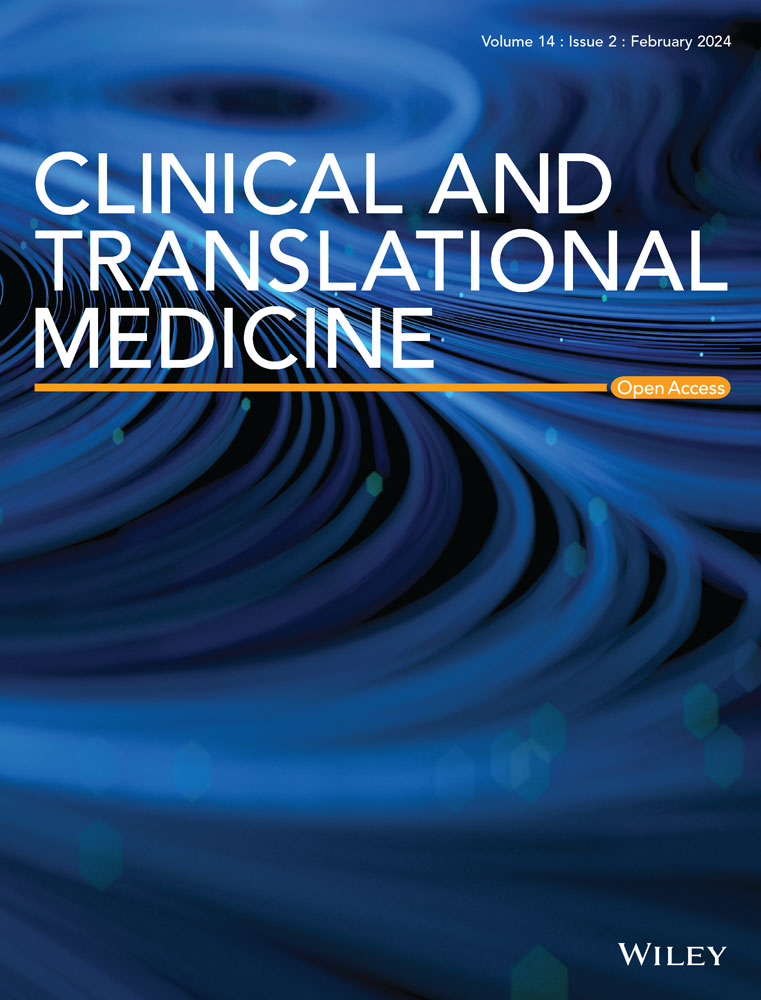E2F1/CDK5/DRP1 axis mediates microglial mitochondrial division and autophagy in the pathogenesis of cerebral ischemia-reperfusion injury
Abstract
Background
The integrity of brain function is at stake due to cerebral ischemia-reperfusion injury (CIRI), which encompasses mitochondrial dysfunction, autophagy, and neuroinflammation. The role of E2F1 in mediating these processes in microglia during CIRI remains unclear.
Methods
A CIRI mouse model was utilized for single-cell RNA transcriptome sequencing of brain tissues. The research comprised diverse gene expression, gene ontology (GO), and the enrichment of Kyoto Encyclopedia of Genes and Genomes (KEGG) pathways. Experimental techniques included oxygen-glucose deprivation (OGD/R) cell models, RT-qPCR, Western Blot, ChIP assays, and microglia-neuron co-cultures.
Results
A significant aspect highlighted in the study was the involvement of CDK5 in the induction of mitochondrial abnormalities associated with CIRI. Upregulation of E2F1 and CDK5 in post-CIRI microglia was observed. E2F1 facilitated CDK5 transcription, leading to DRP1 phosphorylation, exacerbating neurotoxic effects. Silencing E2F1 improved neurobehavioral outcomes in CIRI mice.
Conclusions
Activation of E2F1-mediated CDK5 drives mitochondrial division while inhibiting mitophagy in microglia, triggering inflammation, neuronal apoptosis, and exacerbating CIRI damage. Targeting this pathway could offer novel therapeutic strategies for mitigating CIRI-induced brain injury.
Key points
- Identification of the E2F1/CDK5/DRP1 Axis in CIRI This study reveals that the E2F1 transcription factor upregulates CDK5 expression, which in turn phosphorylates DRP1, promoting excessive mitochondrial fission and inhibiting mitophagy in microglia. This mechanism plays a critical role in cerebral ischemia-reperfusion injury (CIRI).
- Mitochondrial Dysfunction and Neuroinflammation The activation of DRP1 leads to mitochondrial fragmentation and excessive ROS accumulation, triggering microglial activation and inflammatory responses, exacerbating neuronal apoptosis and brain injury in CIRI.
- Therapeutic Potential of E2F1 Silencing Knockdown of E2F1 in microglia effectively reduces mitochondrial damage, restores mitophagy, suppresses inflammation, and improves neurological outcomes in a CIRI mouse model, highlighting a promising therapeutic target for ischemic stroke intervention.


 求助内容:
求助内容: 应助结果提醒方式:
应助结果提醒方式:


